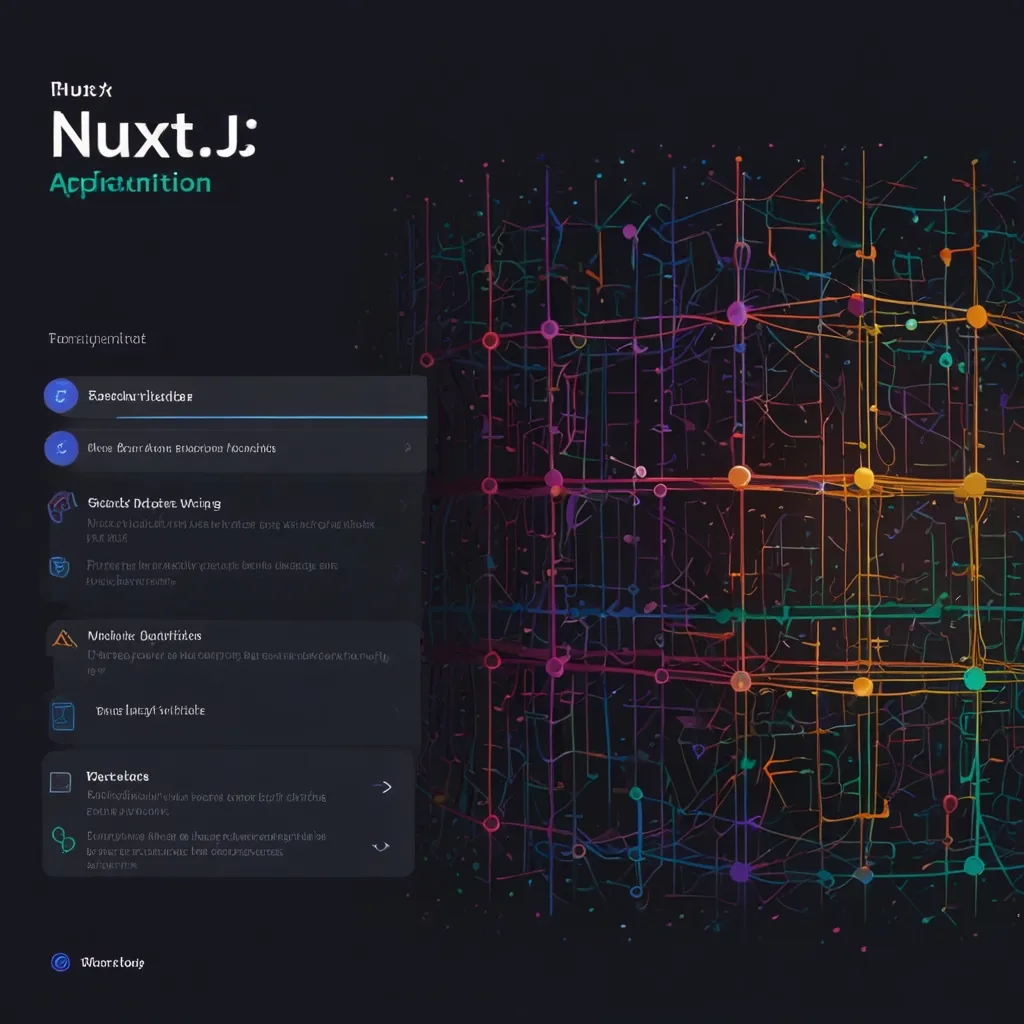So, you’ve probably heard of FastAPI by now, right? It’s this super cool, high-performance web framework tailored for Python. Especially if you’re into creating APIs and you’re using Python 3.7 or later, this is something you should definitely check out.
Alright, let’s dive deeper into what makes FastAPI stand out from the crowd.
First off, performance. FastAPI is like the flash of web frameworks. Seriously, it’s often compared to some big hitters like NodeJS and Go. Thanks to Starlette and Pydantic (more on these later), FastAPI gets stuff done really, really fast. Imagine handling high loads and zipping through requests at top speeds – that’s the kind of performance we’re talking about.
Now, let’s get into type hints. If you’re the kind of person who likes to keep things clean and error-free, you’re going to love this. With FastAPI, you can declare types for variables, function parameters, and return types. This isn’t just about being tidy; it actually helps a lot with automatic data validation, serialization, and making those docs look pretty. Plus, fewer errors mean fewer headaches, right?
One of the coolest things about FastAPI is its out-of-the-box support for asynchronous programming. If you’re not familiar, this is all about using async and await. It lets you handle multiple requests simultaneously without everything grinding to a halt. So, while one part of your code is waiting on I/O, the rest can keep doing its thing. It’s a game-changer for building scalable and efficient apps.
And let’s not forget about the automatic API documentation. FastAPI nails it with interactive docs using the OpenAPI standard. It’s like having a built-in user manual for your API that not only lays out all the endpoints and parameters but also lets you play around and test things right there. This feature seriously simplifies understanding and maintaining your APIs.
Another great thing is the built-in dependency injection. If you’re juggling a ton of resources across different parts of your app, FastAPI helps you manage that like a pro. You can define dependencies and inject them wherever needed, which is awesome for writing testable and maintainable code. It’s like having an organizational wizard by your side.
Getting started with FastAPI is a piece of cake. You just need to install FastAPI and an ASGI server like Uvicorn. A couple of pip commands and you’re ready to roll.
pip install fastapi
pip install uvicorn
Once you’ve got those, creating a simple FastAPI app is straight-up easy:
from fastapi import FastAPI
app = FastAPI()
@app.get("/")
def read_root():
return {"Hello": "World"}
You can get this baby up and running with Uvicorn like this:
uvicorn main:app --reload
And boom, you’ve got yourself a running server that you can check out at http://127.0.0.1:8000/.
FastAPI isn’t picky about HTTP methods either. Whether it’s GET, POST, PUT, DELETE – it’s got you covered. Here’s a quick example to give you a taste of how versatile it is:
from fastapi import FastAPI, HTTPException
app = FastAPI()
@app.get("/items/")
def read_items():
return [{"name": "Item Foo"}, {"name": "Item Bar"}]
@app.get("/items/{item_id}")
def read_item(item_id: int):
return {"name": "Item Foo", "item_id": item_id}
@app.post("/items/")
def create_item(item: dict):
return item
@app.put("/items/{item_id}")
def update_item(item_id: int, item: dict):
return {"item_id": item_id, **item}
@app.delete("/items/{item_id}")
def delete_item(item_id: int):
return {"item_id": item_id}
Whether you’re fetching, creating, updating, or deleting – FastAPI makes it all feel incredibly smooth and intuitive.
When it comes to data validation and serialization, FastAPI teams up with Pydantic. It’s super handy for ensuring your data is clean and correctly typed without you lifting a finger. Check out this example:
from fastapi import FastAPI
from pydantic import BaseModel
app = FastAPI()
class Item(BaseModel):
name: str
price: float
is_offer: bool = None
@app.post("/items/")
def create_item(item: Item):
return item
Here, you define the Item model with Pydantic, and FastAPI takes care of the validation and data conversion. Simple, right?
Security is a big deal, and FastAPI makes it easy to handle authentication and authorization. Whether you’re doing OAuth2, JWT, or basic auth – FastAPI’s got the tools you need. Here’s a little taste of how you can set up basic OAuth2 authentication:
from fastapi import FastAPI, HTTPException, Depends
from fastapi.security import OAuth2PasswordBearer, OAuth2PasswordRequestForm
app = FastAPI()
oauth2_scheme = OAuth2PasswordBearer(tokenUrl="token")
@app.post("/token")
def login(form_data: OAuth2PasswordRequestForm = Depends()):
user = authenticate_user(form_data.username, form_data.password)
if not user:
raise HTTPException(status_code=400, detail="Incorrect username or password")
access_token = create_access_token(data={"sub": user.username})
return {"access_token": access_token, "token_type": "bearer"}
@app.get("/items/")
def read_items(token: str = Depends(oauth2_scheme)):
return [{"name": "Item Foo"}, {"name": "Item Bar"}]
With FastAPI, integrating security seamlessly into your app is no longer a chore.
To wrap things up, FastAPI is seriously a gem. It’s modern, fast, and packed with features that make building APIs with Python not only efficient but a lot of fun. From type hints to async programming, automatic documentation, and dependency injection, FastAPI just makes life easier. Whether you’re working on a tiny project or something huge, this framework is more than equipped to handle the challenge. Give it a try and see how it transforms your web development experience!






